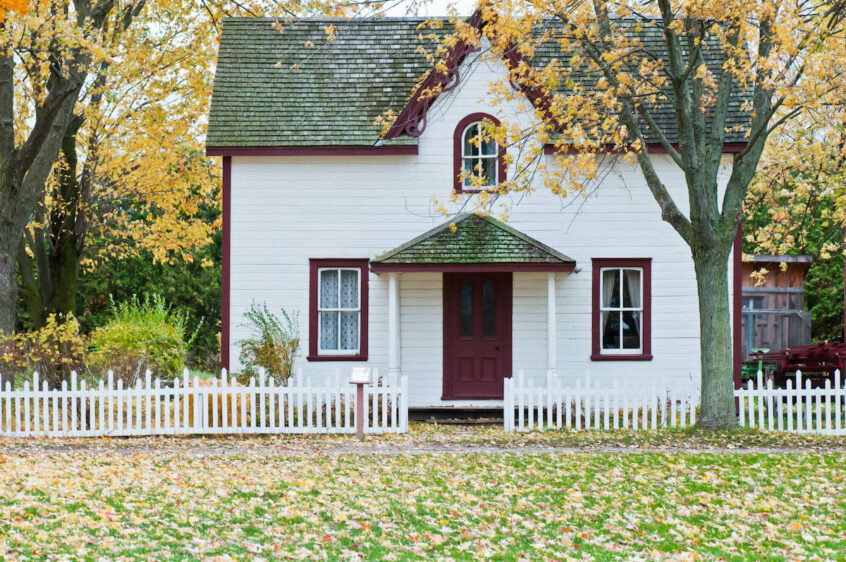4 Fall Lawn Care Tips
1. Keep Watering
No matter whether you have a cool-season or a warm-season lawn, keep watering! Ideally, your lawn should be getting 1/2 to 3/4 an inch of water every 2 to 3 days. Supplement with additional watering if your grass is showing signs of heat stress. Watering is especially important if your lawn is going into dormancy from the late summer heat. We mentioned it in our last post, but it’s never a good idea to allow warm-season grasses to go into dormancy in the summer or fall. Since these are the peak growing seasons for Zoysia and Bermuda grasses, you want to make sure that the grass is in good condition and has every opportunity to grow and build energy storage up.
2. Apply Fertilizer
Speaking of creating energy storage for the cooler season, now is a great time to fertilize! It doesn’t matter whether you have a warm-season lawn or a cool-season one. For warm-season lawns, a late summer or early fall application is usually the last fertilizer application for the year. Cool-season grasses can tolerate another fertilizing in the late fall. This will help them bulk up for the cold weather and set them up for a successful growing season once spring rolls around. Check out our previous posts on heat stress in lawns to get our summer and fall fertilizer recommendations for both warm-season and cool-season grasses.
3. Seed Over Bare Patches if Needed
- For cool-season lawns – LATE Fall
- For warm-season lawns – EARLY Fall
Are you noticing bare patches in your lawn? Throw down some grass seed before the weeds have a chance to take hold. Late summer/early fall are ideal times for seeding warm grasses. Waiting till late fall will lead to disappointment as warm-season grasses start to go dormant following the first killing frost. For that same reason, it’s recommended to wait until the weather cools down a bit to lay down cool-season seeds. Summer and fall heat can lead to dormancy in cool-season grasses, so laying down seeds when it’s still too hot outside can cause seedlings to die off.
4. Don’t Let Leaves Pile Up
Have you ever felt the temptation to let fallen leaves break down naturally on your lawn? Nobody wants to rake them all up, bag them, and throw them away. Plus, it’s basically free mulch, right? While the idea is tempting, if you’ve ever let leaves sit on your grass too long, then you know what kind of damage it can do. A thick carpet of leaves can prevent your lawn from getting sunlight and lead to compaction as the leaf layer gets wet and breaks down. Given enough time, this can cause thinning or bare patches to form in your grass. Don’t let the idea of throwing all those leaves out get you down! Even if it’s not good to let them stay sitting on your grass, you can actually get some use out of the fallen leaves. A three-bin system, a composter, or a leaf shredder are all simple ways to upcycle this year’s leaves into mulch or compost for the coming years.
